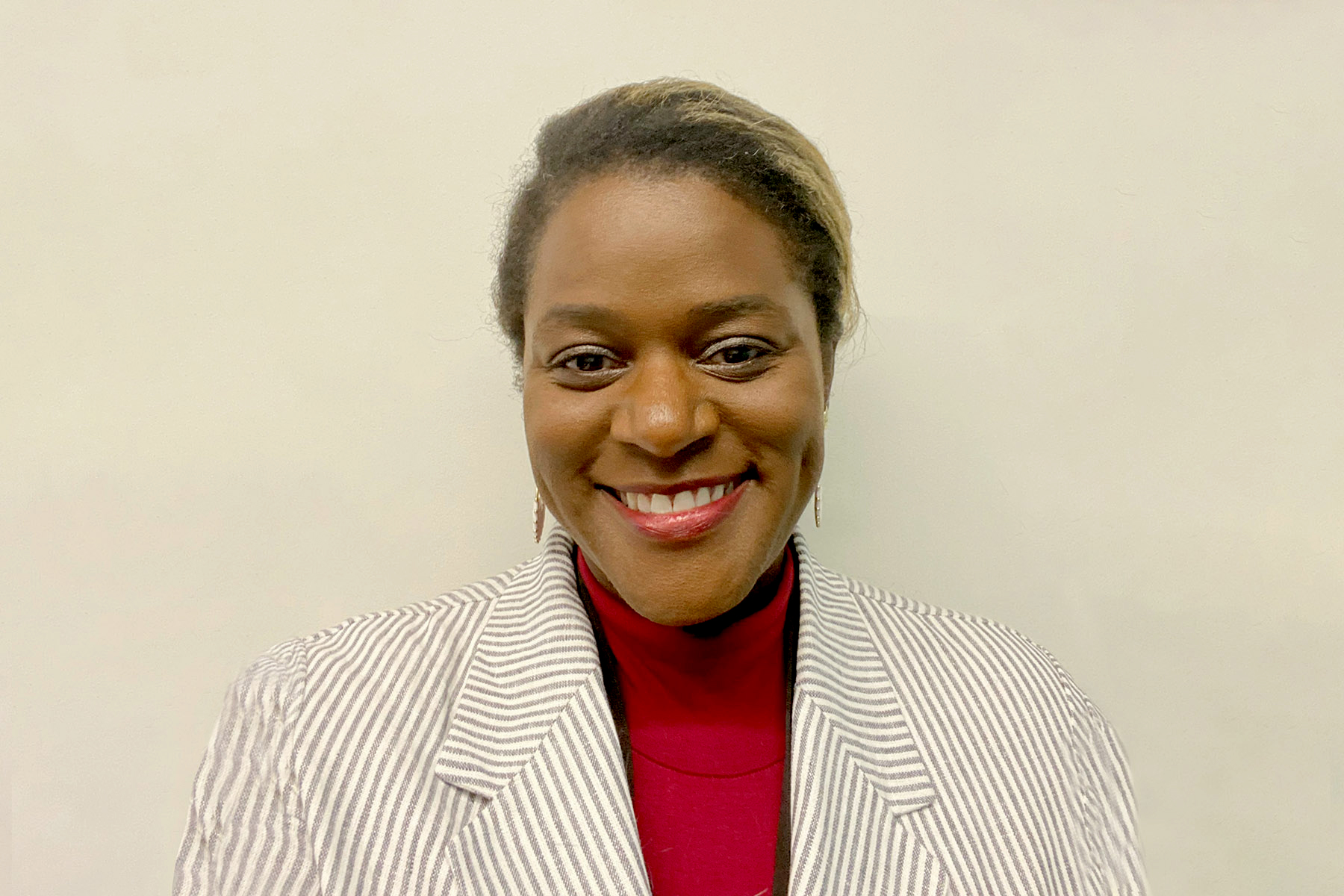EY refers to the global organization, and may refer to one or more, of the member firms of Ernst & Young Global Limited, each of which is a separate legal entity. Ernst & Young Global Limited, a UK company limited by guarantee, does not provide services to clients.

Accelerating digital government through empathetic human-centered transformation.
In brief
- Digitalization has huge potential to transform public services – but many workers lack the skills to make this happen.
- “Future-back” workforce planning can envisage the capabilities needed – and determine how to access such resources.
- Culture and leadership are vital, building a new breed of digitally aware, empathetic leaders and a purposeful employee experience.
Call it a wake-up call. Or a catalyst. But the pandemic really brought home the huge potential of digital government.
But this is just the start and there’s a long way to go. Just 7% of the 150 government leaders taking part in the EY 2022 Tech Horizon Survey said their organization had achieved its digital transformation objectives.
The key to this ambition is a digitally skilled, empowered workforce. And in the EY paper How can government workers and technology align to serve future constituents? we discuss how to deliver constituent-centric, personalized and cost-effective public services.
The barriers are substantial, including lack of digital awareness among leaders, a severe and widening digital skills gap, outmoded learning and recruitment processes, a highly competitive market for the best talent, and a risk-averse organizational culture.
Today’s constituents increasingly receive a fast, seamless experience from organizations they do business with and expect the same from their interactions with the public sector.
To meet these expectations, government is going to need to invest in the people who make their organizations run. Investing in civil service initiatives around cultivating connection to mission, reimaging compensation and rewards, upskilling employees with in-demand capabilities and mapping new career paths will be essential for building a workforce that is resilient in a digital age and can effectively deliver high-impact services to constituents.
That will require them to engage in a civil service transformation: finding the right workforce initiatives that will strengthen the skills, capabilities and productivity of their workforce while enabling employees to thrive.
Four key actions to develop a digital government public sector workforce
Although different countries are at different stages of civil service transformation, there is a common path that involves four essential actions:
1. Dynamic workforce planning
What does the workforce of the future look like? To be honest, no one really knows right now. That’s why workforce planning is so important. It’s a dynamic process that continually looks one, two, five and even 10 years ahead to determine the capabilities that public sector organizations will need to adapt to meet changing circumstances and emerging technology.
The World Economic Forum estimates that, to adapt to the new tech-enabled workplace, public sector workers will have to change around 40% of their core skills in the next five years.
Research suggests that technical skills have a “half-life” of just two-and-a-half years. Which means planning for continuous re-skilling to keep workers up to speed.
The beauty of a “future-back” approach is that it enables organizations to map out different scenarios and work out what kinds of skills will be needed to fill anticipated gaps.
Advanced analytics can be used to forecast evolving needs, labor market trends, skill profiles, salaries and overall market demand.
2. Develop existing employees at scale and attract new talent
The well-documented war for talent is only likely to intensify, especially now that remote working is widening choice for skilled candidates beyond their own borders.
More than three quarters of respondents to the EY 2022 Tech Horizon Survey acknowledge that competition for workers with in-demand technology skills has become even more intense since the COVID-19 pandemic began.
With their limited financial resources, public sector organizations are unlikely to win bidding wars as salary demands spiral.
It’s little surprise, then, that two-thirds of government leaders say they’re focused on re-skilling rather than hiring experienced workers.
In addition to compensation, survey respondents point to further barriers to building digital capability, including ineffective training programs, difficulty retaining existing talent, and a general lack of experience in sourcing talent from the digital jobs market.
Conventional learning methods are no longer fit for purpose. In their place we’re starting to see digital academies that provide formal training and development programs in areas such as user-centered design, artificial intelligence (AI) and cybersecurity, with fast-track career options.
And with research showing that 84% of learners now prefer self-directed learning,1 there needs to be a shift to this flexible approach that widens access to education, enabling people to learn at a time, place and speed that suits them.
Internal mobility programs can also build skills, through job shadowing, fellowships and coaching, which enable employees to simultaneously learn and work on real-world projects.
Additionally, one-third of government leaders responding to the EY 2022 Tech Horizon Survey are looking outside, forging partnerships with other organizations whose staff have in-demand digital skills.
Learning cannot be restricted to technical skills and should expand to encompass problem solving and critical thinking, as well as so-called soft skills such as leadership, adaptability, empathy and ethics.
Public sector organizations will, of course, remain active in the external recruitment, with 84% of survey respondents increasing spend to source technology skills from outside.
To boost these efforts, it’s time to rethink the government employer brand, emphasizing the social purpose of a career where workers can make a tangible difference to constituents’ lives.
3. New digital leaders combine technical awareness with empathy
Government needs to foster a new breed of “digitally aware” leaders. They don’t have to be digital experts, but they must understand the role of technology and data and be fully and visibly committed to transformation.
In an EY-Saïd Business School study, 49% of respondents in high-performing transformations say the vision is clear and compelling vs. just 27% of those in low-performing transformations.
By articulating a compelling vision for change, they can empower the workforce to experiment and innovate to come up with new ways of serving constituents.
Leaders in the 21st century are also expected to be more attuned to workers’ feelings.
In the EY paper How empathetic leadership can fix the Great Resignation, over half (54%) of US workers surveyed say they’ve left a previous job because their boss wasn’t empathetic to their struggles at work. A similar number (49%) said they quit because of a lack of appreciation of pressures in their home life.
The same survey found that a vast majority of respondents feel that mutual empathy between them and their leaders increases their efficiency, boosts creativity and enhances innovation.
Leaders should also be promoting a strong ethical culture so that the many benefits of technology balance with the threats to freedom that come from cyber attacks, unregulated use of personal data, and AI bias.
4. Setting a stage for fulfilling work
A human-centric approach to digital government is as much about employees as constituents. By creating a tailored and purposeful employee experience, with varied career opportunities, organizations can keep people productive and engaged.
According to the EY 2022 Work Reimagined Survey, 63% of Gen Z employees said that, rather than compensation, they place a higher value on a clear connection between their job and the overall purpose of the organization.
Leaders can build on the vital role that health and social care, education, police and infrastructure play in society, and cultivate a sense of shared purpose that binds together a diverse workforce.
Like all employers, public organizations must embrace hybrid working by embedding flexible working policies.
With learning becoming “the new dollar,” the employee value proposition should embed continuous learning and structured career paths, which can boost employee satisfaction, productivity, retention and recruitment.
The EY 2022 Tech Horizon Survey showed that around 25% of government leaders surveyed consider incentives one of the most important ways to build digital skills.
And finally, by professionalizing digital roles, governments can establish a structured career track to aid retention.
Summary
Through brave human-centered civil service transformation, governments can build new capabilities and change ways of working to create public services that are resilient, adaptable, and deliver an excellent employee experience. Digitalization has the potential to make this happen by giving workers the skills and the supporting culture that unleashes the power of technology for the good of society.
How EY can help
-
We help the federal government, state and local governments, and higher education create strategy designed to meet the demands of the future working world.
Read more -
EY government and public sector consulting services provide support to transform programs and optimize operations to achieve better outcomes for the public.
Read more
Related articles
Three reasons why government is a front runner in reimagining the future workplace
Federal leaders reflect on how the workplace is evolving, how to harness innovation through technology, and finding new ways to attract and retain talent.
How to engage neurodivergent talent in the government workforce
How federal, state and local government agencies find new ways to leverage the power of neurodiverse teams.





